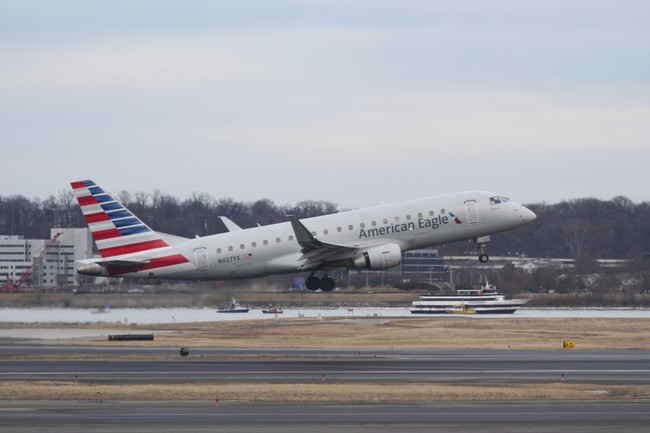Update 11/4/2025 @ 1:40 p.m. ET: Transportation Secretary Sean Duffy reported that an “all clear” has been received. This piece walks through what happened at Ronald Reagan National Airport, what officials said, and why the incident has stirred concern about airport security and government priorities. I cover the timeline, official statements, and the next steps investigators are taking.
Officials briefly shut down Ronald Reagan National Airport after a report that a bomb might be on a flight, prompting a ground stop and the removal of passengers. The disruption unfolded on a busy travel day and immediately drew heavy law enforcement and federal attention. Airports are designed with contingency plans for threats, but any unconfirmed bomb report forces those plans into action and creates sudden, serious chaos for travelers.
The airplane at the center of the scare was reportedly a United Airlines flight arriving from Houston, and authorities moved the aircraft away from the terminal while they investigated. Passengers were taken off the jet and the crew cooperated as the plane was positioned to limit risk to the terminal and other aircraft. Moving an aircraft away from the gate is a standard precaution that gives bomb technicians and investigators safer access and keeps the public clear of potential danger.
One official account captured the FAA’s position during the initial response, and that statement has been widely circulated exactly as issued. “The FAA is aware of a reported security issue on an aircraft at Reagan Washington National Airport (DCA). Passengers have been removed, and the aircraft is away from the terminal while authorities investigate.” That phrasing underlines that federal authorities treated the claim seriously from the first reports.
Beyond the FAA quote, air traffic control audio also sheds light on how the situation played out in real time. On a recording, the controller can be heard telling the United pilot they were moving the plane because of an “unconfirmed bomb report” for the flight. That language — unconfirmed yet urgent — is the exact kind of phrase that forces immediate action without waiting for complete verification. The priority in those moments is to minimize risk rather than to wait for certainty.
As flight operations began to resume, investigators kept the plane isolated while they conducted checks and questioned crew and passengers. Even when airports reopen, the work continues: forensics, interviews, baggage and cargo inspections, and coordination between local police, the TSA, airport security, and the FBI. These follow-up steps often take hours and sometimes days to complete because authorities must rule out any residual threat before normal service fully returns.
Incidents like this expose the thin line between effective security and avoidable chaos, and they also spotlight who is responsible for keeping the system running. When threats or possible threats arise, it is federal and local agencies, supported by airline staff, who bear the burden of response. The public rightly expects those institutions to act quickly and decisively; when political choices tie the hands of the people who actually secure airports, the consequences fall on travelers and frontline workers.
People on the ground described confusion and fear as gates emptied and officers directed crowds away from the terminal, illustrating how a single reported device can ripple through an entire airport. Passengers who thought they were boarding or deplaning suddenly found themselves herded into holding areas or buses and left waiting for official word. Those disruptions are painful and expensive in the short term, and they highlight the larger stakes of ensuring robust operations at critical infrastructure sites.
For now, authorities have indicated the immediate threat has been contained and that the aircraft was pulled aside for thorough investigation. Local officials and federal agencies are reviewing evidence and statements to determine exactly what was reported, who made the claim, and whether charges or further action are warranted. The investigation will also make recommendations to prevent similar scares in the future.
In the middle of a politically charged moment, with government gridlock blamed for various operational strains, this event underscores the need for reliable, well-funded security operations that do not depend on partisan fights. When lives and public safety are on the line, the systems that protect air travelers must be prioritized over political theater. The airport reopening is welcome, but the questions about preparedness and accountability remain active and deserve answers from those in charge.





Add comment